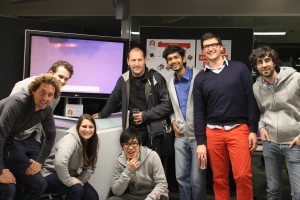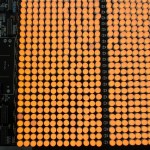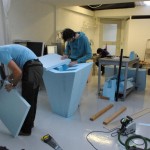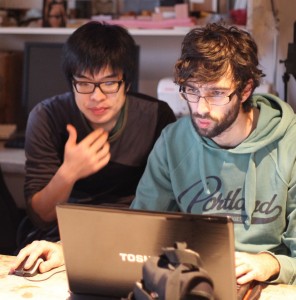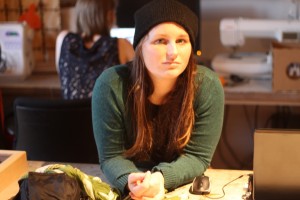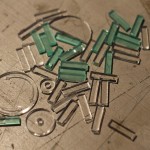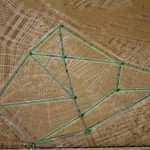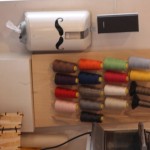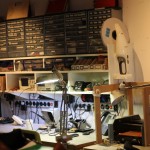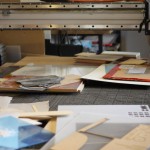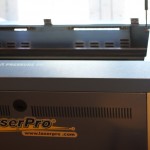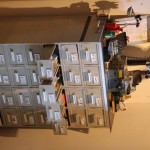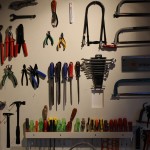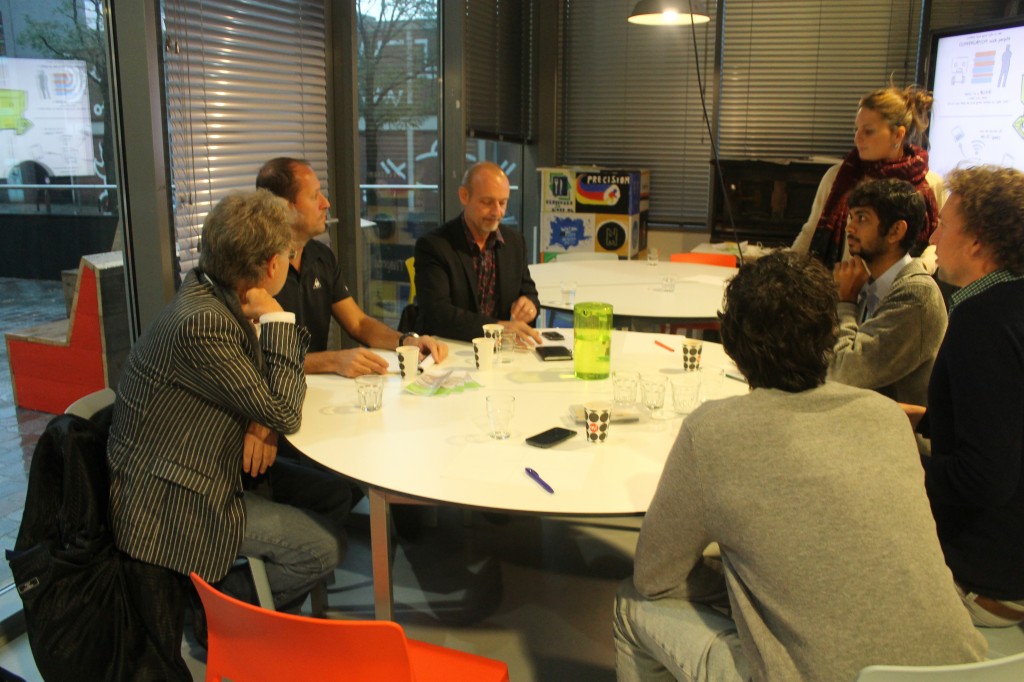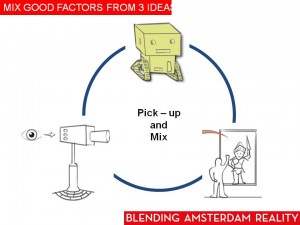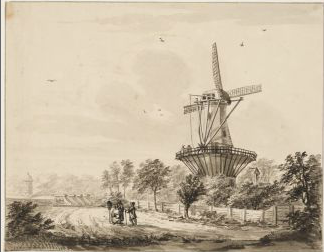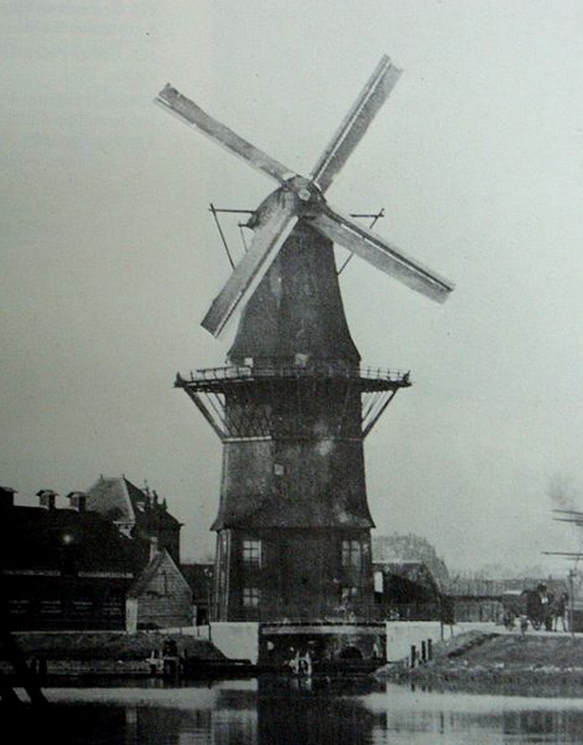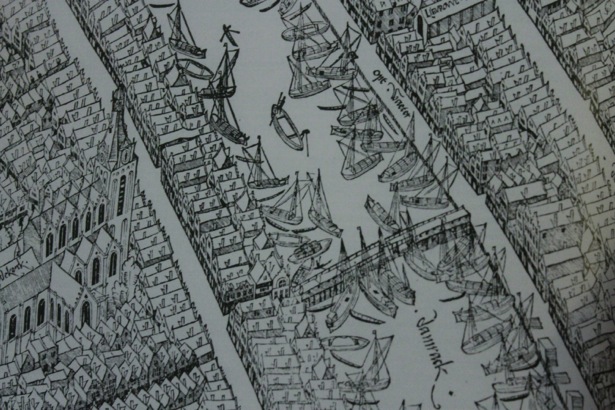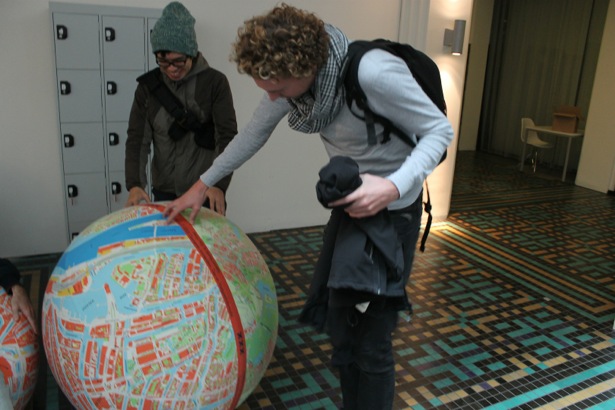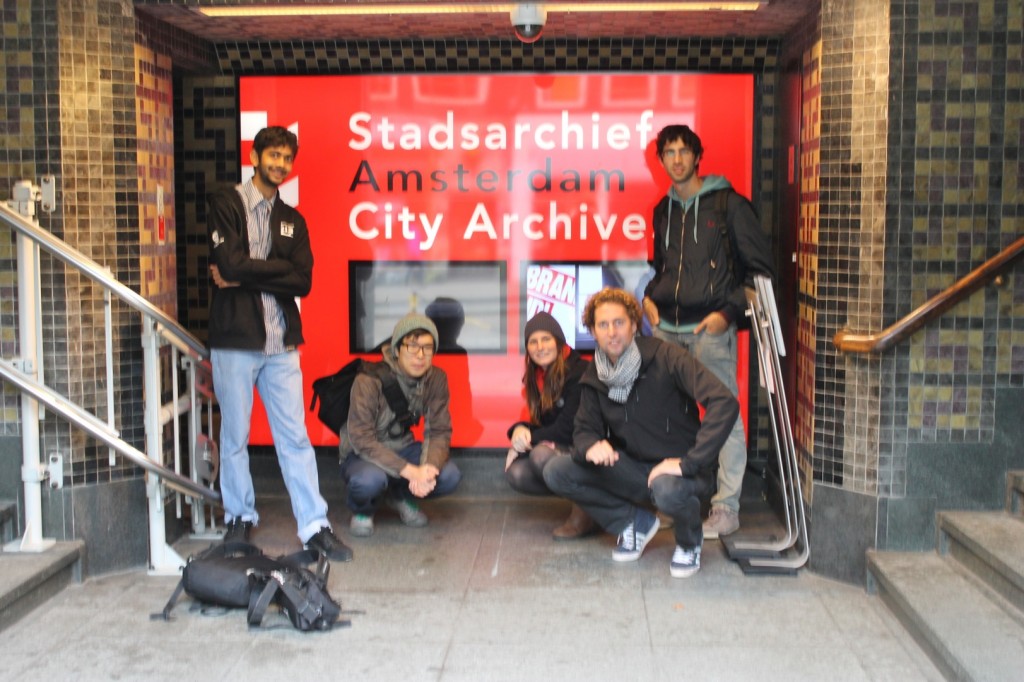Final Presentation and Wrap up
It’s over.
Yes, sounds pretty dramatic. And it was every bit as amazing as it sounds dramatic.
On Wednesday 16th January 2013 we had the final presentation of the prototype we developed as a part of our project, in an exposition alongside the two other projects done at mediaLab this semester.
Our project was aimed at answering the question of how to use / design objects in public space to spread awareness about the culture and heritage of Amsterdam. We came up with an interactive installation towards this goal. We made utmost efforts to take care that the installation is appealing, inviting, involves the users and proves to be both fun and learning, irrespective of who they are.
After a quick introduction to the audience, we were the first team to present our project. After quickly introducing ourselves and the project, we dived down quickly into the final prototype, how it works and what it does. A few well supplied questions let us introduce the project better and address common concerns as well. The assigners from Gemeente Amsterdam showed good satisfaction with the outcome and expressed strong possibilities about the future and implementation of the project.
After the presentations we were beseeched by questions and got a lot of good feedback as well as valuable suggestions that will go a long way to making the final result better.
We are now wrapping things up, documenting, adding finishing touches and putting things in place.
Here are some pictures :








